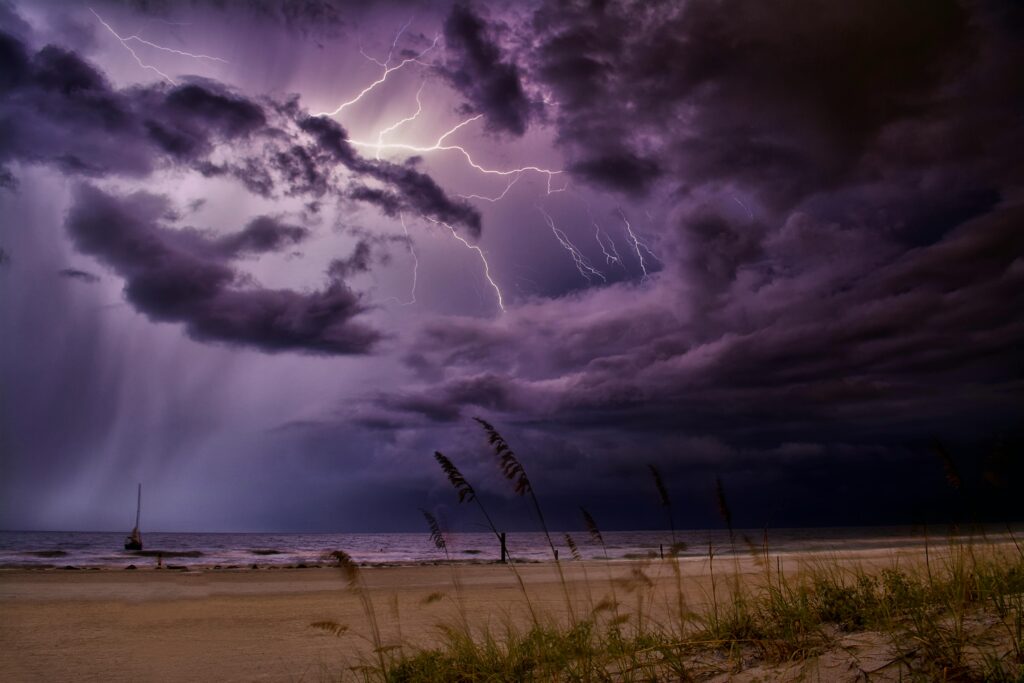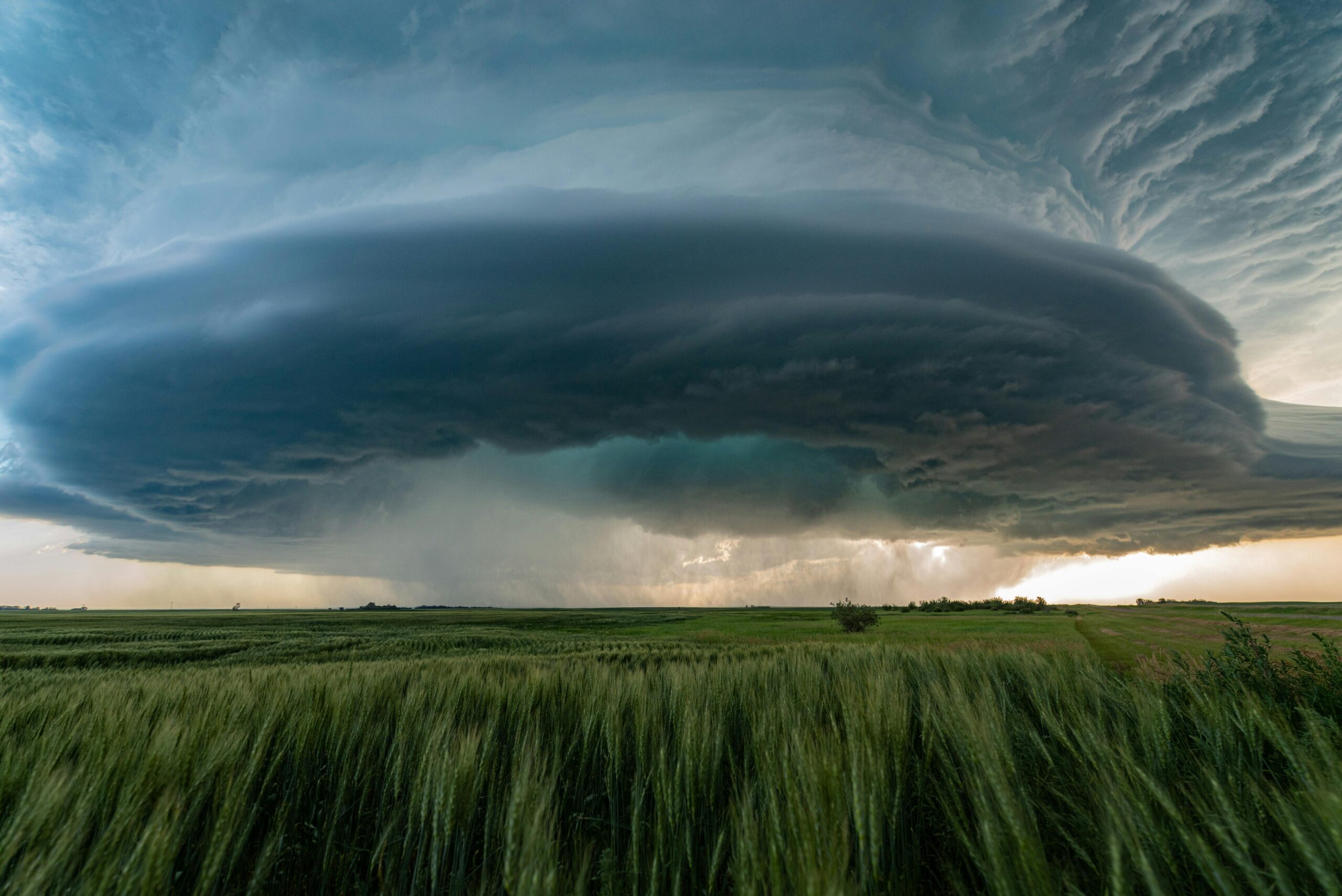Recent events—from violent storms and unseasonal snowfall to unprecedented wildfires and unexpected tornado outbreaks—have made it clear that extreme weather is no longer an anomaly but a growing norm. While many media outlets have highlighted individual events, a broader analysis reveals that these phenomena are interconnected and increasingly symptomatic of a warming planet. This article examines the various facets of these extreme weather patterns, delves into the scientific research behind them, and explores the mitigation and adaptation strategies emerging worldwide.

A New Era of Weather Extremes
Across continents, communities are witnessing a dramatic intensification in weather events. Traditional seasonal patterns are shifting, and regions that once experienced mild winters now grapple with heavy snowfall, while areas prone to drought are facing overwhelming wildfire risks. Experts argue that the convergence of these events signals a complex reordering of our planet’s climate system.
- Storms and Heavy Rainfall:
In many parts of the world, intense storms have become more frequent. Advances in meteorology have revealed that warming ocean surfaces can supercharge storm systems, leading to record-breaking rainfall and flooding. These supercharged systems not only cause immediate damage but also exacerbate long-term issues like soil erosion and water contamination. - Unseasonal Snowfall:
While a warming climate generally reduces snowfall, certain regions are now experiencing heavy, unseasonal snow events. Scientists suggest that shifts in atmospheric circulation can channel cold air into unexpected places, sometimes colliding with moisture-rich air masses. This collision not only disrupts transportation and daily life but also poses challenges to infrastructure that wasn’t built for such extremes. - Wildfires and Heatwaves:
The growing frequency and intensity of wildfires have captured global attention. Lengthening dry seasons, increased heatwaves, and erratic rainfall patterns create the perfect recipe for wildfires that not only devastate ecosystems but also severely impact air quality and public health. Additionally, these fires contribute to a feedback loop by releasing vast quantities of carbon dioxide into the atmosphere, further fueling global warming. - Tornado Outbreaks:
While tornadoes have long been a feature of certain regions, the recent uptick in their frequency and intensity is alarming. Changes in temperature gradients and wind shear—a key ingredient in tornado formation—are increasingly linked to climate change. Researchers are now working on enhanced forecasting models that integrate real-time data from satellites and ground sensors to better predict these rapid-onset disasters.
The Science Behind the Shifts
Climate scientists have long warned that human-induced warming would lead to more volatile weather patterns. Recent studies indicate that:
- Increased Atmospheric Moisture: Warmer air holds more moisture, which can intensify precipitation events, whether they result in torrential rains or heavy snowfall when the temperature dips.
- Disrupted Jet Streams: The jet stream, a high-altitude river of air that influences weather patterns, is becoming more erratic. This instability can trap weather systems in place for longer periods, leading to prolonged heatwaves, cold snaps, or heavy rainfall.
- Feedback Loops: Events like wildfires and melting permafrost release greenhouse gases, which further accelerate warming and create a self-reinforcing cycle of extreme weather events.
Recent advancements in climate modeling and satellite technology have allowed researchers to map these changes with greater precision, providing vital insights into both current risks and future trends.

Beyond the Headlines: Mitigation and Adaptation
While media coverage tends to focus on dramatic events as they occur, a comprehensive approach to extreme weather involves both mitigation and adaptation:
- Enhanced Weather Forecasting:
Modern meteorological techniques, including high-resolution satellite imaging and advanced computer modeling, are enabling more accurate predictions. Early-warning systems have improved, giving communities crucial time to prepare and respond. - Infrastructure Resilience:
Cities and rural areas alike are reassessing infrastructure. From storm-resistant bridges to improved flood defenses and updated building codes, the emphasis is on creating structures that can withstand the unpredictability of modern weather. - Policy Initiatives:
Governments around the world are increasingly incorporating climate resilience into public policy. Investments in renewable energy, reforestation projects, and sustainable urban planning are key strategies aimed at reducing greenhouse gas emissions and building more resilient communities. - Community Preparedness:
Public awareness campaigns and local emergency planning are critical. Many regions are now educating residents on how to prepare for severe weather, including establishing emergency kits, designing evacuation routes, and improving local communication networks.
Future Projections and the Road Ahead
Looking forward, the scientific consensus is clear: without significant global action to reduce greenhouse gas emissions, the frequency and severity of extreme weather events will only increase. However, the same research points to potential windows of opportunity. Improved technology and international cooperation can help mitigate risks, while adaptive strategies can shield communities from the worst impacts. In the coming decades, the challenge will be to balance immediate responses to disasters with long-term strategies for a more sustainable and resilient future.

Frequently Asked Questions (FAQs)
Q1: What is causing the increase in extreme weather events?
A1: The primary driver is climate change, fueled by human activities such as fossil fuel combustion and deforestation. Warmer temperatures increase atmospheric moisture, disrupt jet streams, and create feedback loops that intensify storms, snowfall, wildfires, and tornadoes.
Q2: How do unseasonal snowfall events occur in a warming climate?
A2: While global warming generally leads to milder winters, changes in atmospheric circulation can direct cold air into regions not accustomed to heavy snowfall. When this cold air meets moisture-rich conditions, it can result in intense and unexpected snowstorms.
Q3: What role does technology play in managing extreme weather?
A3: Advances in meteorological technology—such as high-resolution satellite imaging, improved computer models, and better early-warning systems—are crucial for predicting and preparing for extreme weather events. These technologies help save lives and minimize property damage.
Q4: What steps can communities take to prepare for these events?
A4: Communities can enhance their resilience by updating infrastructure to withstand extreme weather, developing comprehensive emergency plans, investing in renewable energy and sustainability initiatives, and ensuring public education on preparedness and response strategies.
Q5: Can policy measures effectively mitigate the risks associated with extreme weather?
A5: Yes, robust policy initiatives that focus on reducing greenhouse gas emissions, supporting renewable energy, and enforcing stricter building codes can significantly reduce the risk of extreme weather impacts. International cooperation and long-term planning are essential components of these efforts.
As the climate continues to change, the global community faces both daunting challenges and unprecedented opportunities. By harnessing scientific advancements, building resilient infrastructure, and enacting forward-thinking policies, society can better navigate the era of extreme weather—and safeguard the future for generations to come.
Sources CNN


